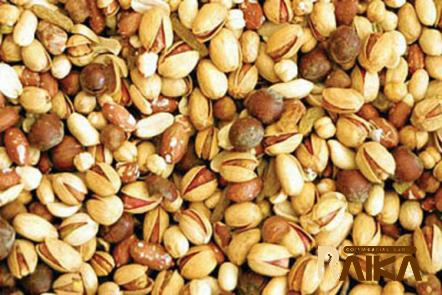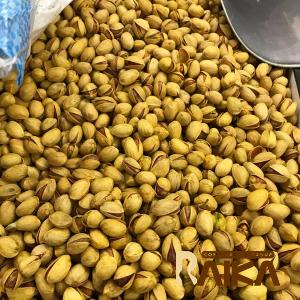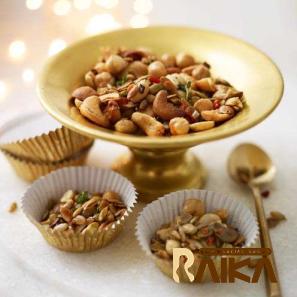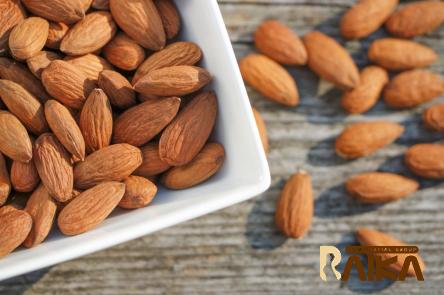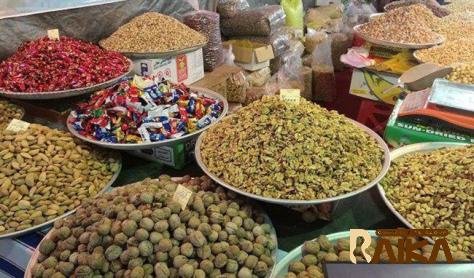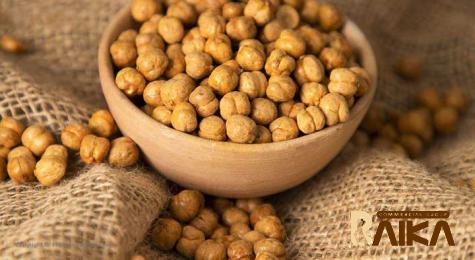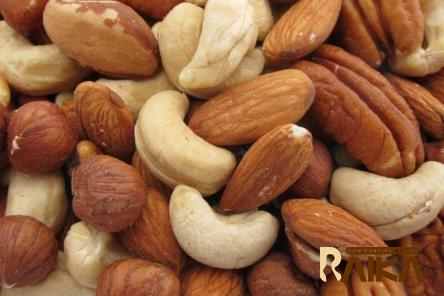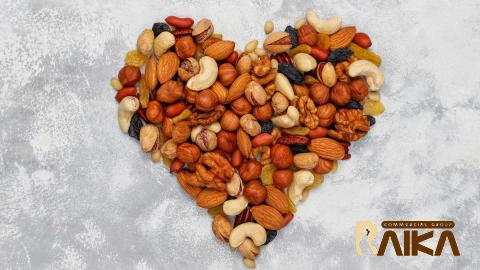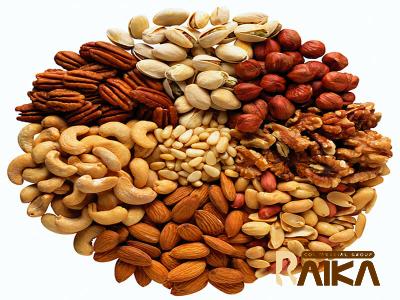Buying the latest types of salted peanuts products from the most reliable brands in the world
In the nut industry and production process, some common operations include drying and salting the nuts
But how salting for salted nuts is taken place, is a crucial step in the manufacture of nuts, affects in some alterations in the nuts’ physicochemical properties
One of these chemical molecules that is created when something gets salted is called acrylamide
Acrylamide is known to be hazardous to both the nervous system and reproduction in addition to being carcinogenic
Raw and salted pistachios were used in a study, and the nuts were roasted using three different methods: hot air, infrared (IR), and microwave
After that, ultra-high performance liquid chromatography was used to examine a total of eighty pistachio kernels
According to the findings, the concentrations of acrylamide in each of the samples varied widely, falling anywhere from 57 0
86 to 851 2
8 g/kg
In addition, both raw pistachios and dried pistachios have detectable levels of acrylamide, with the former having values of 57 0
86 g/kg and the latter having values of 93 1
07 g/kg
The raw pistachios that were roasted using the IR method included the highest quantity of acrylamide, whereas the pistachios that were roasted using the microwave method contained the lowest amount of acrylamide
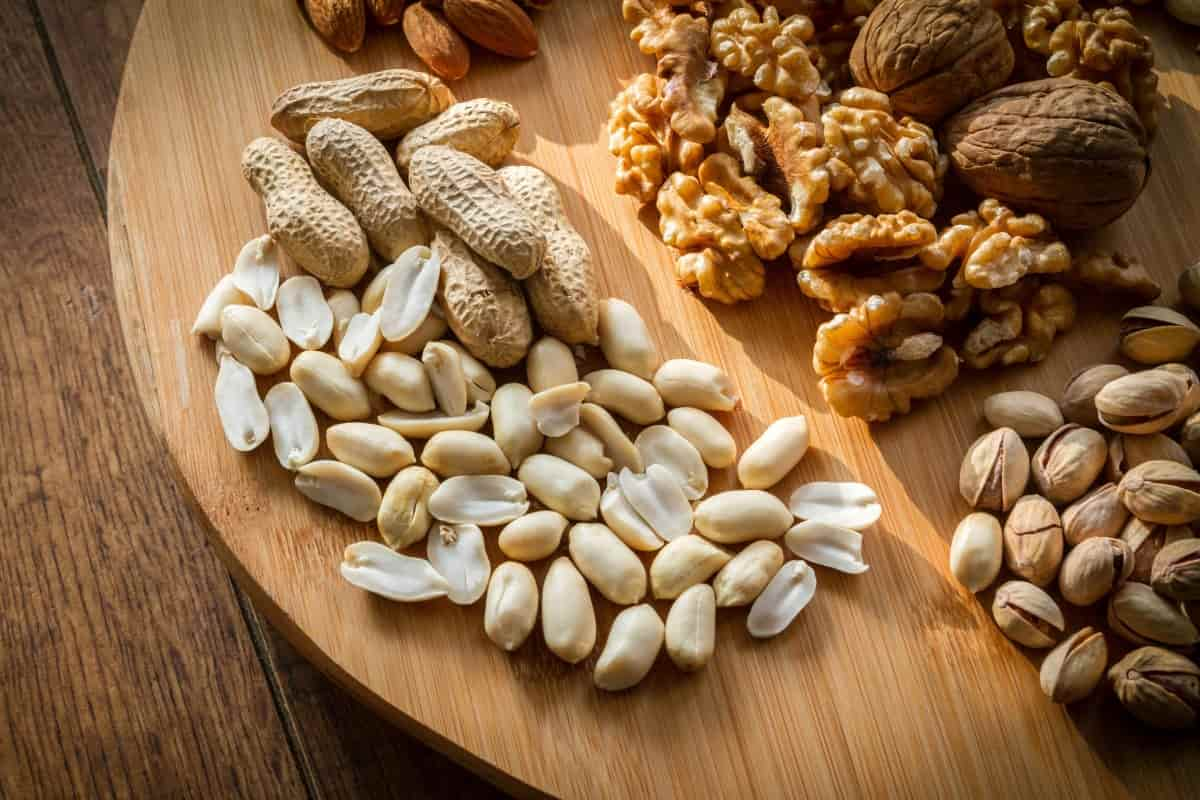
Under the same conditions, the amount of acrylamide that was found in salted and roasted pistachios was lower than the amount that was found in roasted pistachios
In conclusion, an increase in acrylamide levels was seen after increasing all treatment variables, including temperature, time, voltage, and power
The findings suggested that acrylamide, which is found in roasted pistachios, might be harmful to one’s health
This paper offers the findings of a novel inquiry on the relationship between the acrylamide content of pistachios and the roasting parameters (temperature, power, voltage, and time)
Heretofore, the process of preparing salted nuts consisted of placing the shelled nuts in a wire basket and then submerging them in a pot of vegetable oil heated to a temperature between 300 and 350 degrees Fahrenheit
The nuts were left in the hot oil until they achieved a golden brown color, which typically takes between twelve and eighteen minutes for each batch
The nuts are then extracted from the oil, the oil is drained off of the nuts, the nuts are then spread out, and salt is applied to the nuts while they are swirled so that a consistent coating of salt is obtained on all of the nuts
Because the hot nuts readily absorb the oil during the first part of this process, a dressing of cold oil is typically applied to the nuts once they have cooled in order to afford a means of causing the salt to adhere to the nuts and also to give the nuts a shiny appearance
This is done so that the salt will adhere to the nuts and also to give the nuts a glossy appearance
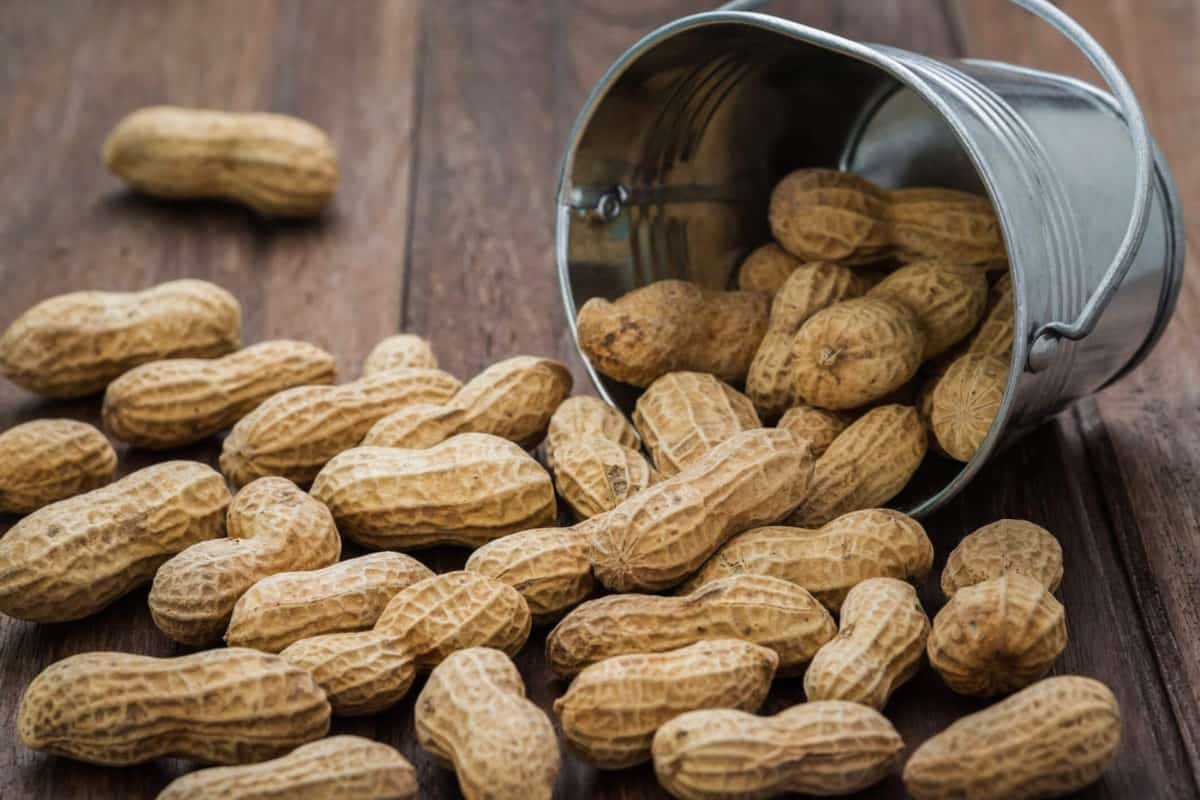
This outdated method has a number of characteristics that are quite problematic
When you cook the nuts in oil, the nuts will take in a significant amount of the oil, and as a result, their natural flavor will be diminished to a significant degree
In addition, the nuts will become noticeably soggy as a result of the oil being absorbed by them while they are being cooked; this state will be aggravated further by the moisture being picked up by the salt, which will then be absorbed by the nuts
Due to the fact that the nuts have lost their natural flavor in addition to the fact that they are no longer in a crisp condition, the trade community views them as being fairly unappealing
When the process was being carried out in retail stores, it presented a significant risk of fire
As a result, it is now more common practice to carry out the procedure in the manufacturing facility, and then ship the finished product to the retail outlets
This is one of the many significant problems with the method that had been previously utilized
Even while thermostats are used in this age-old procedure in order to maintain control over the temperature of the oil, there is still a risk that the vegetable oil will flash
The amount of oil required to process one hundred pounds of nuts ranges from two and a half to three and a half pounds, depending on the level of moisture present in the nuts
As a result, many shops refuse to allow customers to use an older method that might potentially start a fire
When it comes to preparing peanuts, for example, the quantity of oil needed is around three times that of the peanuts themselves
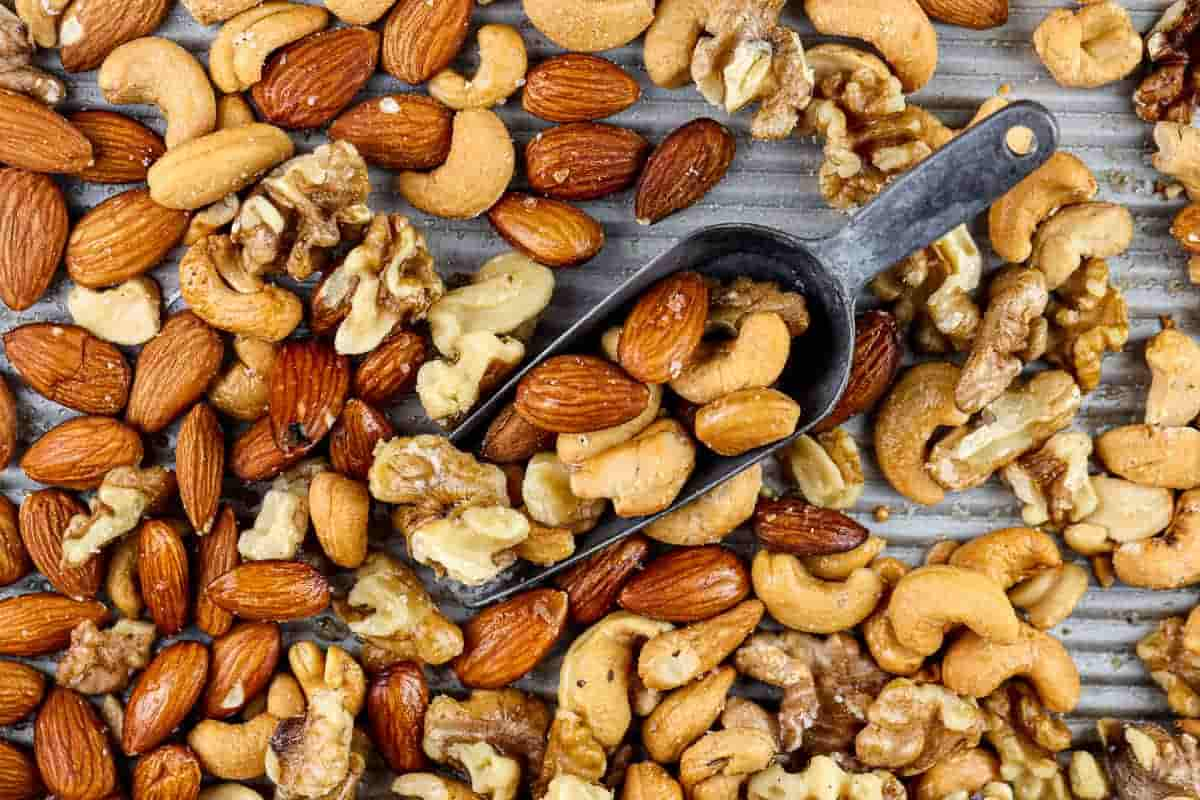
As a result, one of the primary goals of the current process has been, and will continue to be, the removal of all of the many problematic aspects that have been outlined above and will be discussed in greater detail in the sections that follow
To be more exact, the goal is to dry-roast the nuts and then seal them in order to keep them in such a dry and crisp condition for as long as possible
After the nuts have been dry-roasted and sealed in such dry conditions, a second goal is to salt them
This step takes place after the nuts have been prepared
The application of salt to the nuts both after they have been dry-roasted and sealed in such a dry condition as well as while the nuts are still in the process of cooling is another goal of this process
After the nuts have been dry-roasted and sealed in such dry-roasted conditions, a further objective is to apply salt to the nuts and to cause the salt to adhere to the nuts by making use of a suitable agent that is applied with the salt to the nuts after they have been dry-roasted
This is done in order to achieve the first objective
A further objective is to develop a method for the preparation of salted nuts, in accordance with which the requirement of applying heat to the nuts in the retail store may be eliminated, and which will encourage the salting of nuts both in the home and in the retail store
Specifically, the goal is to find a way to make the nuts salted without having to apply heat
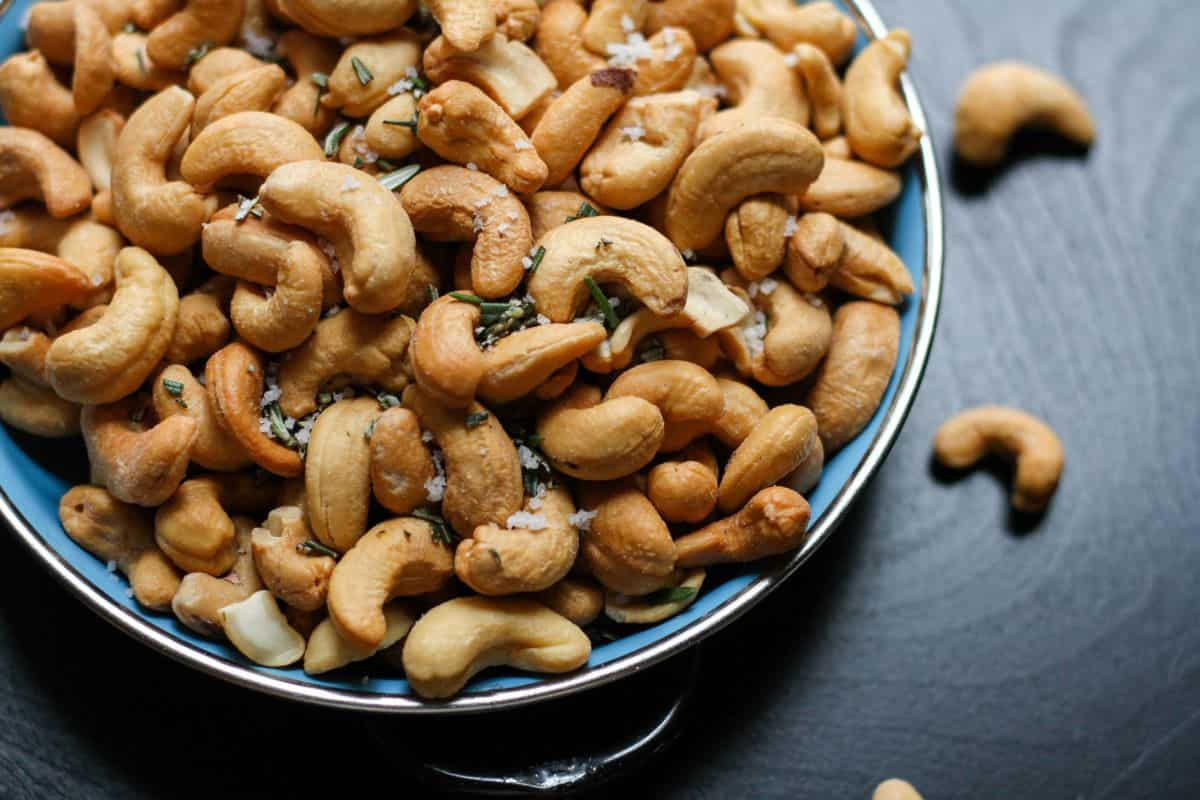
Another goal is to find a way to preserve the nut’s inherent flavor while keeping it in a crisp condition after it has been salted
A further objective is to develop a method that will result in a reduction in the total cost of producing salted nuts, taking into account both the cost of labor and the cost of the raw materials
An additional objective is to create a method for the preparation of salted nuts that will eradicate the disagreeable odor that has been associated with the traditional method that was referred to earlier in this paragraph
Other things will become apparent based on the description and statements that follow
It is to be understood that the present form of disclosure is merely for the purpose of illustration, and that there might be devised various modifications thereof without departing from the spirit of my invention as it is set forth and claimed herein
It is also to be understood that there might be devised various modifications thereof without departing from the spirit of my invention
Each nut is then uniformly coated with a sealing agent that is impervious to moisture and will therefore preserve the nuts in their crispy or crunchy condition and with their natural flavor
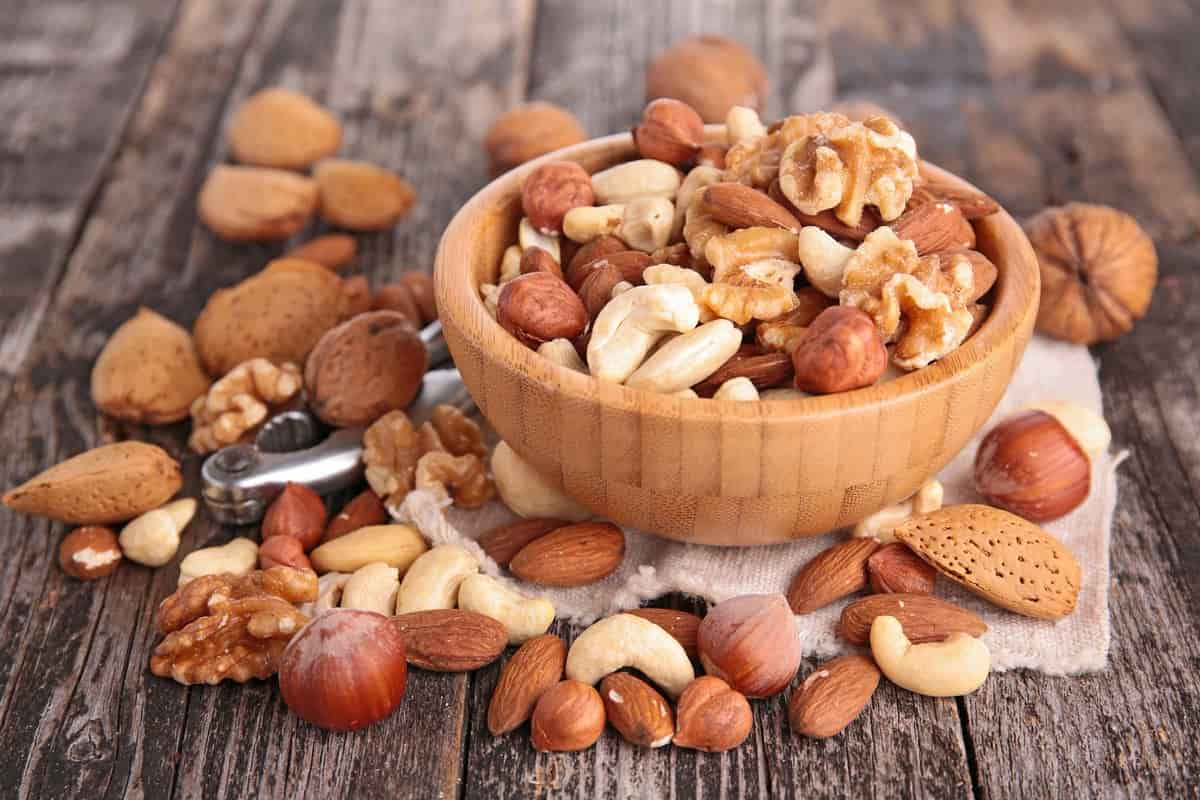
According to my current improved method, the shelled nuts are tumbled in a rotating roaster in which heat is circulated at from four hundred, and gum Arabic, casein, or any other suitable sealing agent is sprinkled over the nuts
In this way, each nut becomes uniformly coated with a sealing agent that is impervious to The presence of heat during this step will drive off any moisture that is present in the sealing solution, and the coating that is subsequently applied to the nuts will both seal there within their positive qualities and repel the entrance of moisture or any other undesirable elements from the outside

